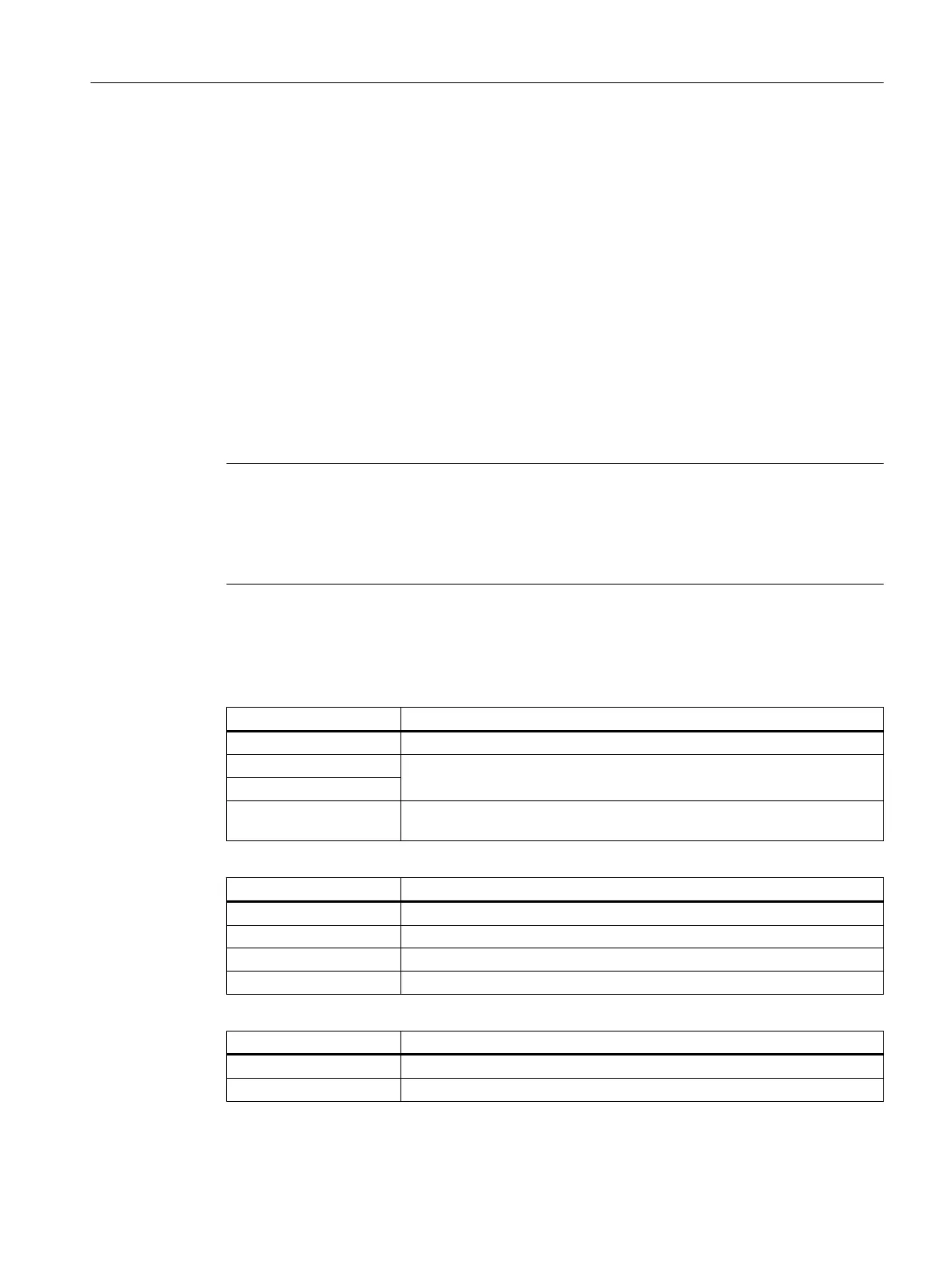3. Open the file and enter the number of events to be output in the tag <Records type .../>.
The default value is 500. The maximum number depends on the storage medium (hard
disk or CompactFlash card).
4. Enter the backup mode in the <DiskCare type="int" value="-1"/> tag. The following values
are possible:
-1: There is no backup of the alarm log (default setting).
0: Each alarm event triggers an immediate backup of the alarm log (persistency backup).
>0: Rhythm of the log saving in seconds: When there is a change, the log is time-triggered
saved every n > 0 seconds (persistency backup).
5. You adapt the filter for the entry type in the <Filter> tag. Please observe the following:
– An alarm event is only entered in the log when it satisfies the filter criterion.
– If several filters are specified in succession, they are linked by a logical OR.
– Several filters must be combined in series with the keyword AND for an AND operation.
Note
Each incoming or outgoing event of an alarm or message requires a separate entry, even when
they belong to the same alarm or message.
Acknowledgement events are also contained in the alarm log. You require such entries even
when these are presently not recognizable in the alarm log.
Filter properties
A filter consists of the following three elements <identification> <relation> <value>.
Entry <identification> Description
AlarmID Alarm number
SourceID Default values for SourceID and SourceURL can be found in the table in
Section Range of alarms (Page 274).
SourceURL
<Attribute name> Arbitrary alarm attribute from the "slaedatabase.xml" file, such as "SEVERI‐
TY" or "CLEARINFO".
Entry <relation> Description
EQUAL Equal to
NOT Not equal to
LOWER Less than
HIGHER Greater than
Entry <value> Description
Numbers -
Character strings -
Configuring alarms
13.3 Configuring an alarm log
SINUMERIK Operate (IM9)
Commissioning Manual, 12/2017, 6FC5397-1DP40-6BA1 279

